Type 2 Diabetes Diet: List Of Foods To Eat And Avoid
Discover smart eating habits that help manage blood sugar and boost overall wellness daily.

Image: Shutterstock
A type 2 diabetes diet helps reduce high blood sugar. In people with diabetes type 2, insulin is unable to help in the uptake of glucose into the cells for energy synthesis. Diabetes contributed to 11.3% of deaths globally in 2019, as per reports by the WHO. It is projected to spike to 7079 individuals per 100,000 by 2030 (1), (2). Dietitians and doctors are concerned and advising people with high blood sugar to follow a type 2 diabetes diet.
This post lists the diabetes-friendly foods to eat, high sugar foods to avoid, what glycemic index is, how type 2 diabetes and body weight are linked, how to calculate carbs, and more. Scroll down to learn all you need to know about the type 2 diabetes-friendly diet.
In This Article
What Is Type 2 Diabetes? What Causes It?
Type 2 diabetes is a condition in which blood sugar rises above normal levels. Insulin, a hormone secreted by the pancreas, is responsible for the cell sugar uptake to generate energy. However, in type 2 diabetes, the body becomes insulin resistant (3). This means the cells fail to uptake glucose or sugar molecules. As a result, you may still feel hungry after a full meal. This leads to overeating, triggering excess insulin production and sugar buildup in the bloodstream.
According to the American Diabetes Association, in 2019, 11.3 % of the population, or 37.3 million Americans had diabetes (4).
If you have type 2 diabetes, consuming high GI foods can further deteriorate your condition. Let’s understand what the glycemic index is in the next section.
What Is Glycemic Index And Why Does It Matter?
The Glycemic index (GI) is a tool that helps people with diabetes to select foods that will not spike blood sugar levels. It is a number allotted to foods to indicate how quickly they will increase blood sugar levels post-consumption.
The GI number ranges from 0 to 100. Low-GI foods increase blood sugar slowly, and high-GI foods spike blood sugar quickly. Only carbs are given a GI number. The lower the number, the safer it is for consumption if you have type 2 diabetes (5).
Note: Meats, fats, and oils do not have a GI number. However, they can affect blood sugar levels.
With that in mind, let’s look at the foods to avoid to control your blood sugar levels. Scroll down.
Foods To Avoid
- Starchy Veggies: Sweet corn, potato, sweet potato (moderate amounts), pumpkin, and green peas
- High-GI Fruits: Mango, pineapple, watermelon, jackfruit, and sapodilla
- Sugary And Salty Foods: Cakes, pastries, candies, maple syrup, high fructose corn syrup, canned juices, bottled condiments, wafers, milk chocolate, flavored hot or cold coffee, packaged iced tea, pickle, and kimchi
- Refined Carbs: White sugar, refined flour, white bread, pasta, bagels, and croissants
- Unhealthy Fats And Trans Fats: Lard, butter, margarine, vegetable oil, mayonnaise, chips, fried foods, frozen foods, and ready-to-eat foods
- Protein: Red meat (once a month, depending on other comorbidities) and processed meats
- Dairy: Full-fat milk and milk products, non-dairy whiteners, cream, flavored yogurt, cream cheese, and processed cheese
- Nuts And Seeds: Cashews and salted nuts
- Beverages: Alcohol, soft drinks, diet soda, packaged fruit and vegetable juices, and sports drinks
Scroll down to check what to consume and get from the grocery store that is safe for your consumption.
Foods To Eat
- Vegetables: Bitter gourd, spinach, kale, arugula, lettuce, bottle gourd, radish, collard greens, Swiss chard, radish greens, tomato, cucumber, green bell pepper, eggplant, rhubarb, green beans, Brussels sprouts, broccoli, cabbage, purple cabbage, celery, cauliflower, bok choy, onion, spring onions, fennel, and chives
- Fruits: Apple, muskmelon, banana (one medium), avocado, kiwi, lime, lemon, orange, grapefruit, tangerine, pear, plum, acai berry, strawberries, blueberries, and gooseberries
- Grains And Cereals: Oats, wheat, broken wheat, millet, amaranth, quinoa, barley, sorghum, whole wheat bread, and wheat pasta
- Protein: Skinless chicken breast, wild-caught fatty fish, eggs, lentils, beans, sprouts, mushrooms, soy, and tofu
- Dairy: Low-fat milk, homemade ricotta cheese, plain yogurt, buttermilk, and cottage cheese
- Nuts And Seeds: Almond, walnut, in-shell pistachios, pine and macadamia nuts, sunflower seeds, flax seeds, and melon seeds.
- Fats And Oils: Olive, avocado, and rice bran oils, sunflower butter, almond and peanut butter (in moderation), and ghee (moderate amounts)
- Herbs And Spices: Oregano, rosemary, thyme, cilantro, dill, star anise, cardamom, cinnamon, clove, ginger, garlic, cumin, nigella seeds, carom seeds, black and white pepper, saffron, mace, nutmeg, coriander powder, turmeric, chili flakes, chili powder, and cayenne pepper
- Beverages: Water, fenugreek-soaked water, freshly pressed fruit, and vegetable juices, and tea or coffee without sugar and cream
Did You Know?
Diabetes was the ninth leading cause of death in 2019 with an estimated 1.5 million deaths (6).
The foods mentioned above will not spike your blood sugar levels. However, the portion size also matters. What is the ideal portion size for people with diabetes? Scroll down to find out!
Ideal Type 2 Diabetes Plate/Portion Size
According to the CDC’s plate method, the ideal portion size for people with diabetes is (7):
- ½ of the plate – non-starchy vegetables
- ¼ of the plate – protein (non-processed)
- ¼ of the plate – low-GI fruits and other carbs
It is a good idea to consume four-five different types of low-GI vegetables, two-three types of low-GI fruits, and at least one source of protein per meal. Consult a registered dietitian for a customized meal plan. Apart from knowing how much of what to eat, you must also calculate the carbs. Here’s a quick way of doing that.
How To Calculate Your Carb Intake
Counting your carbs or carbohydrate intake per day is crucial to keep the blood sugar levels in check. The first step to calculating your carb intake is to determine how many grams of carbs per day are recommended for optimal health. This number can vary depending on age, gender, activity level, weight, etc. However, if we take into consideration that the average person consumes about 200-250 grams of carbs per day, this means that the amount of carbs consumed should not exceed 100 grams per meal.
To calculate your daily carb intake, simply multiply the total grams of carbs consumed per day by 1.5. So, if you eat 250 grams of carbs per day (which is about the average), your daily carb intake would be 375 grams. If you want to know what percentage of calories come from carbs, divide the total grams of carbs eaten per day by the total calories consumed per day. In our example above, this would mean that 75% of the calories consumed came from carbs.
A great way to understand how much carbs you consume is to check the Total carbs and/or Net Carbs on the food label. Here is a tool to help you find out how many carbs to consume per day:
Checking your carb intake is crucial for weight management. It is because your body weight is linked to type 2 diabetes. Scroll down to understand the relationship between the two.
Relationship Between Type 2 Diabetes And Weight
Most people with diabetes type 2 are obese (8). If you are wondering why, the answer lies in heredity, lifestyle, and insulin resistance. These three factors can be interconnected. Poor lifestyle and eating habits can also cause obesity and insulin resistance (9). Leading research shows that reducing weight is an effective strategy to manage type 2 diabetes (10).
Surprisingly, many people with diabetes also have hypoglycemia. It is a condition in which blood sugar levels drop below normal. It is more common in people with type 1 diabetes but may affect people with type 2 diabetes. Scroll down to know the symptoms and what immediate action to take.
Hypoglycemia And Type 2 Diabetes
Controlling the blood sugar levels helps manage type 2 diabetes. However, older adults with type 2 diabetes may also experience hypoglycemia (low blood sugar levels) and the following symptoms:
- Dizziness
- Nausea
- Hunger
- Blurred vision
- Headache
- Fast heart rate
- Sweating
- Shaky hands and legs
- Low energy
- Numb and tingling lips, cheeks, and tongue
- Coordination problems
- Seizures
- Nightmares
If you have more than one symptom, it is best to check your blood sugar levels immediately. The American Diabetes Association suggests taking glucose water or tablet or hard candies to rebalance the blood sugar levels (11). Talk to your doctor if you experience the symptoms more than once a week.
When it comes to managing type 2 diabetes, your diet plays an important role. Consuming low-GI foods is as important as balancing proteins, healthy fats, appropriate sugar, and salt intake. Thankfully, a few popular diets can help you strike a balance.
Popular Diets Good For Type 2 Diabetes
- Mediterranean Diet
The Mediterranean diet is the most recommended and effective diet for good health. Experts rank it number one for losing weight in a healthy manner. Losing weight also helps reduce blood sugar levels. This diet is loaded with antioxidants and healthy fats that help reduce inflammation, which could play a significant role in the dietary intervention of type 2 diabetes (12).
- Plant-Based Diet
A plant-based diet is another healthy way to keep your blood sugar levels in check. It has been proven to be beneficial for preventing and treating type 2 diabetes (13). You can either choose only to eat plant-based foods or follow the flexitarian plan, where you may consume animal-based foods, like milk, sometimes white meat, fish, and eggs, etc., to give your body a healthy dose of nutrients.
- DASH Diet
The DASH diet or Dietary Approaches to Stop Hypertension is a strategy to reduce high blood pressure. It is typically a low-sodium diet with many vegetables, fruits, plant-based proteins, white meat and fish, and healthy fats. Research shows that the DASH diet is also an effective dietary strategy for reducing blood sugar and improving insulin resistance (14).
Apart from diet, exercise also plays a key role in diabetes management. Scroll down to know what science says about the role of exercise in potentially treating type 2 diabetes.
How Important Is Exercise?
A sedentary lifestyle is the leading cause of obesity and weight gain. Exercise, including HIIT and low-impact walking, helps your body to lose weight and function well. Losing the excess fat reduces inflammation and makes you more insulin sensitive (15), (16).
Research also shows that exercise helps lower blood sugar levels, improves lipid profile, reduces blood pressure and the risk of cardiovascular diseases, and increases lean mass (17). Hence, if you have type 2 diabetes, it is a great idea to stay physically active.
The Takeaway
The type 2 diabetes diet is driven mostly by a single concept: the glycemic index (GI). This diet comprises foods with a low glycemic index as they take time to digest and prevent a sudden spike in blood sugar levels. For every meal, consume 4 to 5 low-GI vegetables, 2 to 3 types of low GI fruits, and a non-processed protein source. Apart from this diet, diets like the Mediterranean diet, plant-based diet, and DASH diet are also suitable for those with type 2 diabetes. However, for effective results, you must complement these diets with regular exercise to also reduce the risk of obesity.
Frequently Asked Questions
Is bacon okay for diabetics?
While you should avoid high-fat cuts of meat, having bacon in moderation and not very often is okay for people with diabetes. However, make sure not to do overdo it, especially if you are dealing with obesity as well.
Can drinking water flush out sugar?
Yes, drinking water can help flush out the excess sugar from your system. Also, dehydration increases the chances of hyperglycemia or high sugar levels (18).
Key Takeaways
- Type 2 diabetes is a condition where the body becomes insulin resistant, leading to increased insulin production and sugar buildup.
- Avoid starchy veggies, high glycemic fruits, sugary or salty foods, refined carbs, red meat, dairy, nuts, seeds, certain beverages, and unhealthy and trans fats.
- Eat vegetables, fruits, grains and cereals, protein, herbs, and spices. Some healthy varieties of dairy, nuts, fats, and oils can be consumed too.
- Type 2 diabetes may increase obesity risk too. Older adults may also experience hypoglycemia.
References
Articles on StyleCraze are backed by verified information from peer-reviewed and academic research papers, reputed organizations, research institutions, and medical associations to ensure accuracy and relevance. Read our editorial policy to learn more.
- Epidemiology of Type 2 Diabetes – Global Burden of Disease and Forecasted Trends
https://www.ncbi.nlm.nih.gov/labs/pmc/articles/PMC7310804/ - Mortality attributable to diabetes in 20-79 years old adults 2019 estimates: Results from the International Diabetes Federation Diabetes Atlas 9 th edition
https://pubmed.ncbi.nlm.nih.gov/32068099/ - Type 2 Diabetes
https://www.cdc.gov/diabetes/basics/type2.html - Statistics About Diabetes
https://diabetes.org/about-us/statistics/about-diabetes - Glycemic index and diabetes
https://medlineplus.gov/ency/patientinstructions/000941.htm - Diabetes
https://www.who.int/news-room/fact-sheets/detail/diabetes - Diabetes Meal Planning
https://www.cdc.gov/diabetes/managing/eat-well/meal-plan-method.html - Obesity and Type 2 Diabetes: What Can Be Unified and What Needs to Be Individualized?
https://care.diabetesjournals.org/content/34/6/1424 - Effect of diet on type 2 diabetes mellitus: A review
https://www.ncbi.nlm.nih.gov/labs/pmc/articles/PMC5426415/ - Impact of weight gain on outcomes in type 2 diabetes
https://pubmed.ncbi.nlm.nih.gov/21599553/ - Hypoglycemia (Low Blood sugar)
https://diabetes.org/healthy-living/medication-treatments/blood-glucose-testing-and-control/hypoglycemia - Mediterranean Diet Effects on Type 2 Diabetes Prevention Disease Progression and Related Mechanisms. A Review
https://www.ncbi.nlm.nih.gov/labs/pmc/articles/PMC7468821/ - A plant-based diet for the prevention and treatment of type 2 diabetes
https://www.ncbi.nlm.nih.gov/labs/pmc/articles/PMC5466941/ - DASH Eating Plan: An Eating Pattern for Diabetes Management
https://www.ncbi.nlm.nih.gov/labs/pmc/articles/PMC5439361/ - Weight loss is a critical factor to reduce inflammation
https://pubmed.ncbi.nlm.nih.gov/30390883/ - Inflammation and insulin resistance
https://www.ncbi.nlm.nih.gov/labs/pmc/articles/PMC1483173/ - Exercise and Type 2 Diabetes
https://pubmed.ncbi.nlm.nih.gov/32342452/ - Low Water Intake and Risk for New-Onset Hyperglycemia | Diabetes Care
ttps://diabetesjournals.org/care/article/34/12/2551/39030/Low-Water-Intake-and-Risk-for-New-Onset
Read full bio of Reda Elmardi







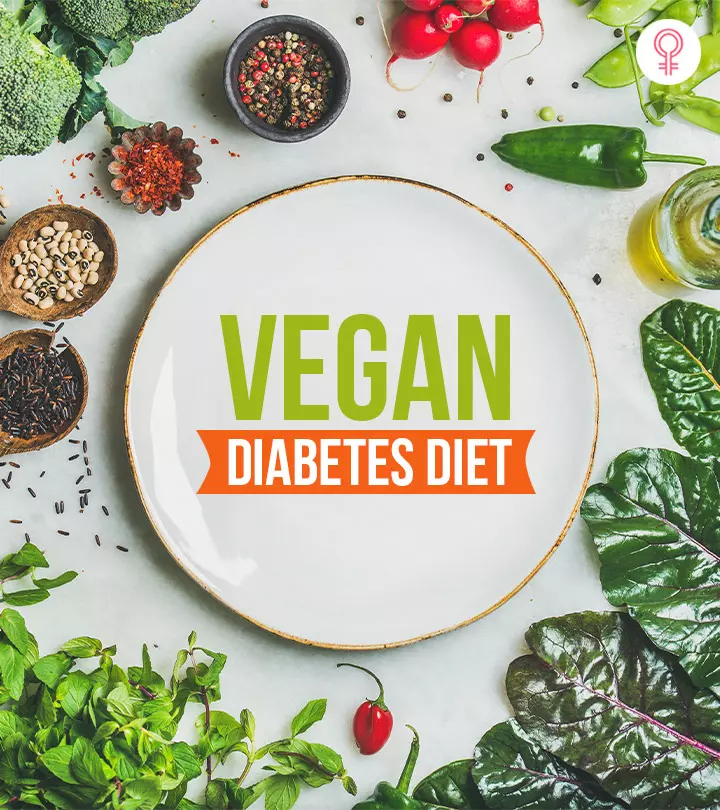

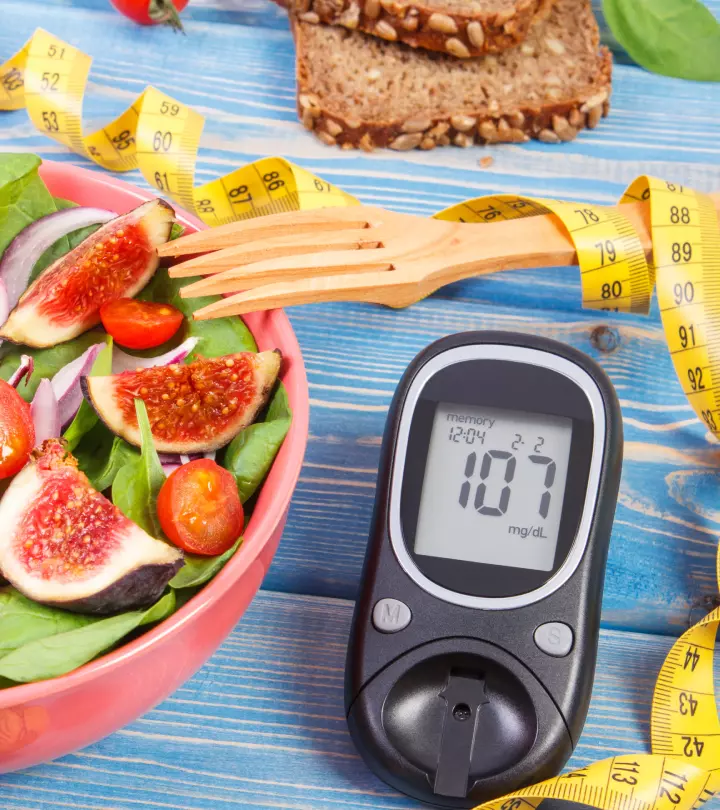




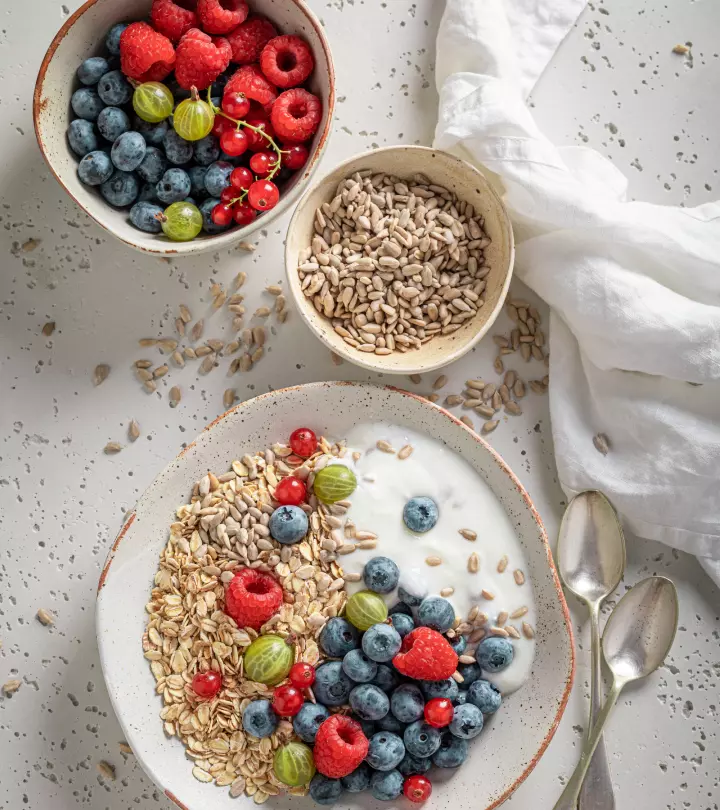
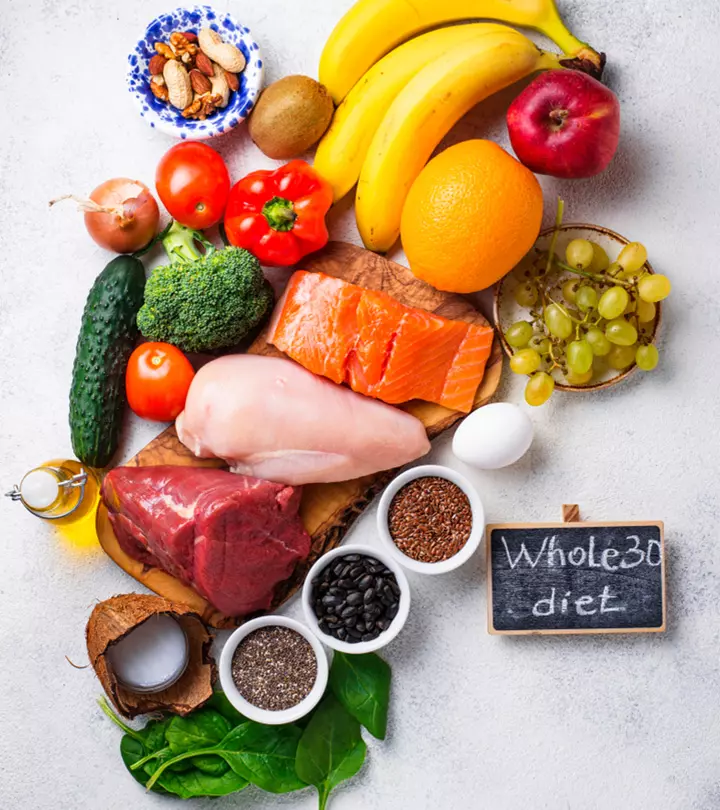



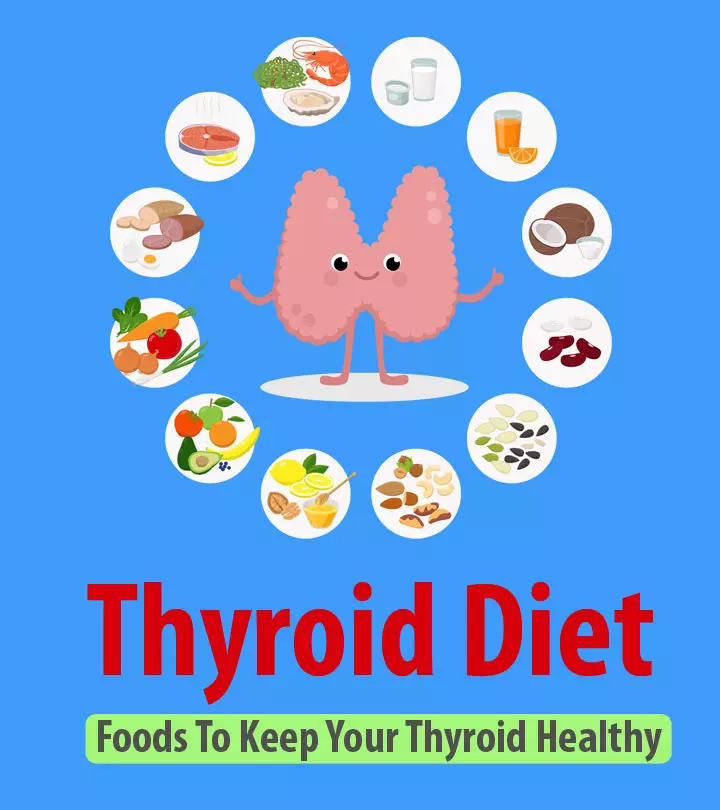
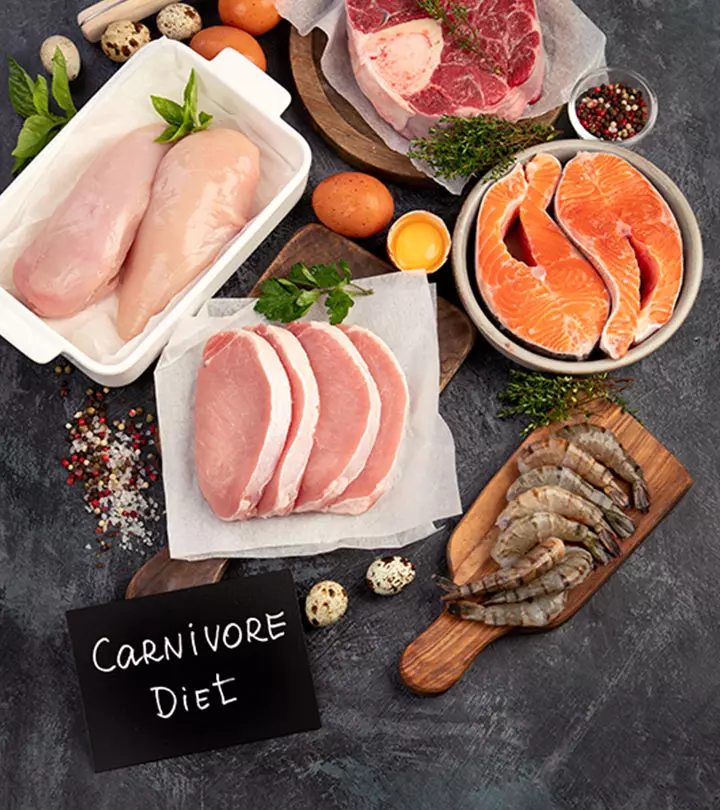




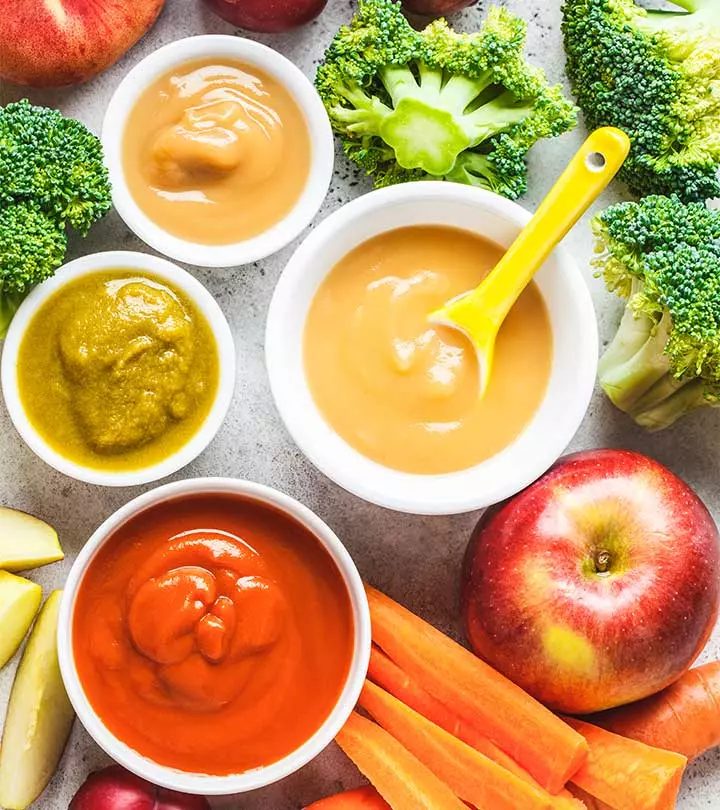

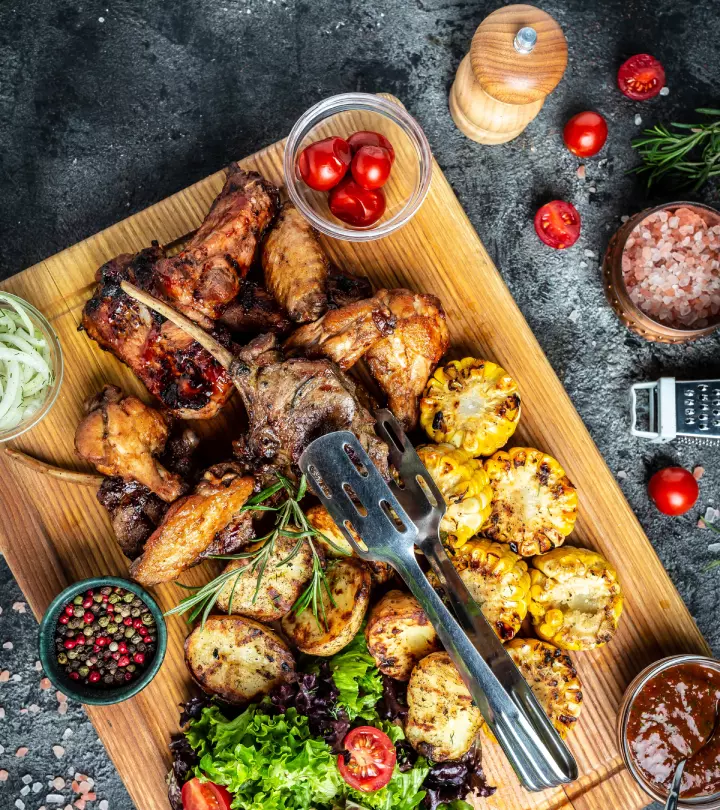
Community Experiences
Join the conversation and become a part of our empowering community! Share your stories, experiences, and insights to connect with other beauty, lifestyle, and health enthusiasts.